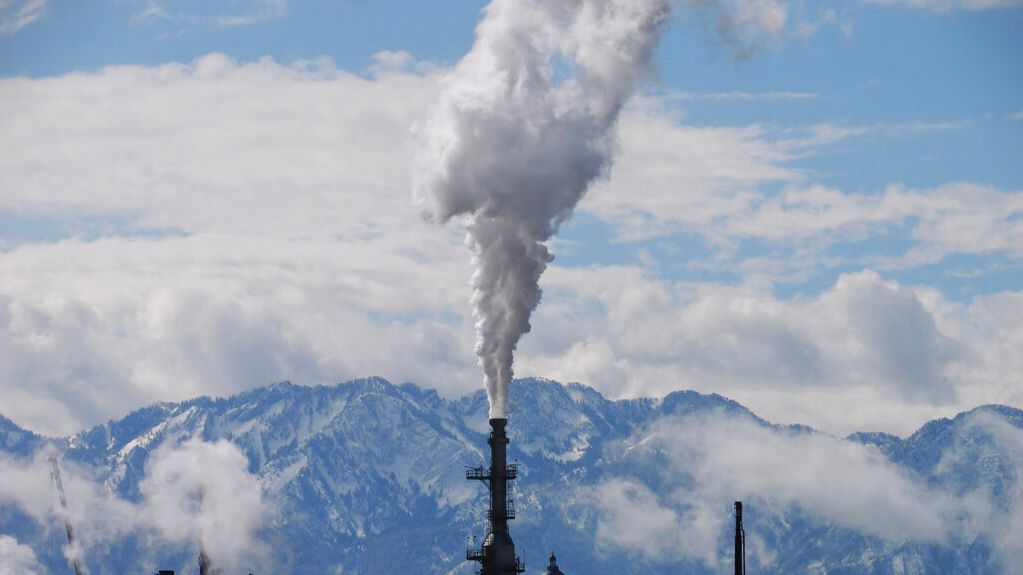After two years of increases, U.S. greenhouse gas emissions fell in 2023, according to new estimates from the Rhodium Group. The nonpartisan research provider said the 1.9% decline took place even as the economy grew 2.4% over the same time frame.
Rhodium attributed the fall in emissions to a mild winter and less coal being used to generate electricity. Emissions from power generation fell 8% and 4% for residential and commercial buildings, though transportation emissions increased 1.6%. The increase in transportation emissions was led by a rebound in air travel and increases in driving. Jet fuel consumption increased 5% in 2023 compared with a year earlier, and gasoline consumption rose 1%.
“A decline in economy-wide emissions is a step in the right direction, but that rate of declines needs to more than triple and sustain at that level every year from 2024 through 2030 in order to meet the U.S.’s climate target under the Paris Agreement of a 50-52% reduction in emissions,” the study’s authors said in a statement Wednesday.
The Paris Agreement was signed by the vast majority of countries in 2016 with the goal of keeping global temperatures from rising 1.5 degrees Celsius. Such a temperature increase is considered a tipping point for the climate that could exacerbate natural disasters such as floods, droughts and wildfires.
U.S. greenhouse gas emissions peaked in 2010 and had been falling at an annual rate of 0.7% until the pandemic, when emissions dropped 4.6%. As lockdown restrictions ended and the economy rebounded, emissions ticked up in 2021 and 2022.
Rhodium’s researchers said investments in clean energy led 2023’s decrease in greenhouse gas emissions, as coal accounted for just 17% of electricity generation. Natural gas and renewables, including nuclear power, made up the rest.
They noted, however, that natural gas generation grew twice as fast as renewables last year. While solar power installations broke records, wind turbines were a third of what they had been in 2021.
Rhodium Group said the Inflation Reduction Act and the Infrastructure Investment and Jobs Act “will drive large reductions in greenhouse gas emissions over time,” but it’s too early to determine if they will be enough to meet the Paris Agreement target. To do so, the U.S. will need to reduce emissions 6.9% per year through 2030 — triple the rate of 2023.
One year after its adoption in August 2022, the IRA has yielded 280 clean energy projects in 44 states representing $282 billion in investments, according to Goldman Sachs Asset Management. The IIJA, signed into law in November 2021, provides up to $1.2 trillion for transportation and infrastructure projects, including $12 billion for the Department of Energy to reduce emissions with various carbon capture projects.


